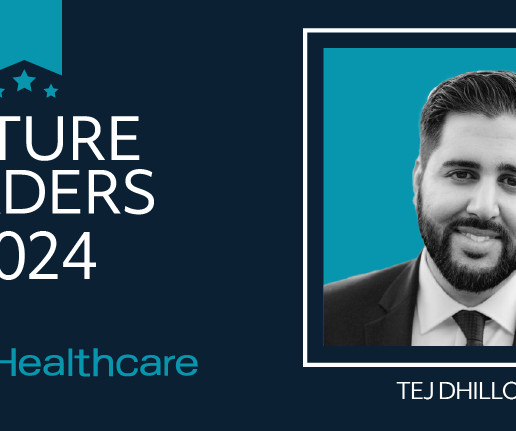How Workplace Violence Impacts Home Health Nurses
Nurse.com
AUGUST 26, 2022
As the demand for home healthcare grows, so does the risk of workplace violence for home health nurses. . Bureau of Labor Statistics reports that home healthcare is one of America’s fastest-growing industries, with a projected compound annual growth rate of 5% for 2014–2024, which equals approximately 760,400 new jobs.











Let's personalize your content